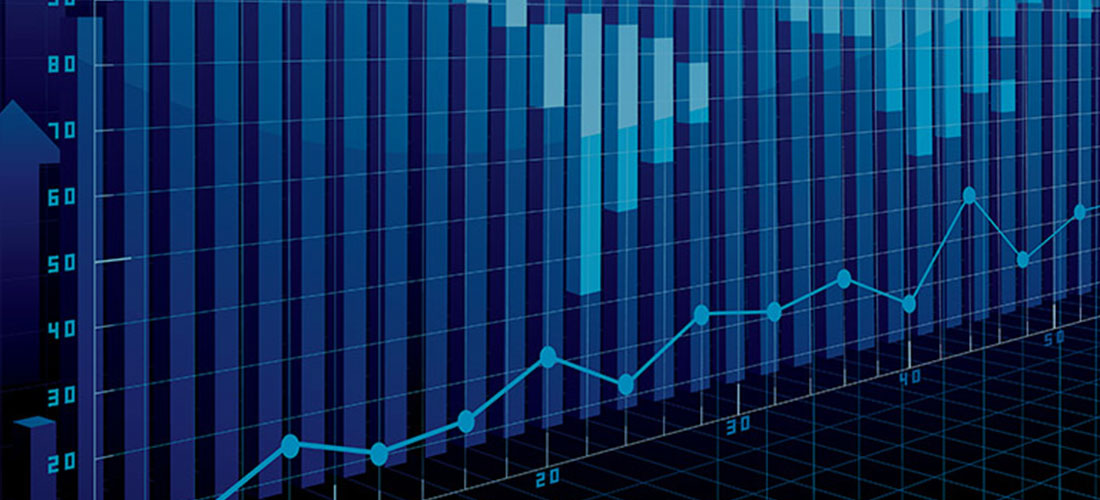
PUBLISHED
February 8, 2016
WRITTEN BY
Victoria Formosa
A study utilizing investment simulations for 17 publicly held companies with strong health or safety programs for employees suggests that employers that invest significantly in health and safety programming can outperform other companies in the marketplace.
The study, published in this month’s issue of the Journal of Occupational and Environmental Medicine(JOEM), is featured in a special section highlighting the impact health and safety programs may have on a company’s investment value. The study was sponsored by the UL (Underwriters Laboratories) Integrated Health and Safety Institute.
Healthiest & Safest
Lead author Raymond Fabius, MD, co-founder of HealthNEXT, and colleagues studied the stock market performance of companies that had applied for or received the American College of Occupational and Environmental Medicine’s (ACOEM’s) Corporate Health Achievement Award (CHAA), which annually recognizes the healthiest and safest companies in North America. To be considered for the CHAA, companies must be engaged in measurable efforts to reduce health and safety risks among their employees.
The authors tracked the stock market performance of 17 CHAA applicants or recipients with proven health and/or safety programs using six investment modeling scenarios. Companies studied had achieved high CHAA scores in either health or safety, or in both categories. Investment scenarios were created and analyzed for the period spanning 2001 to 2014, using a hypothetical initial investment of $10,000.
Triple the Returns
Over this 13-year period, the hypothetical investment returns for CHAA companies were significantly higher than average S&P 500 returns – as much as triple in some of the scenarios. In the best-performing scenario, CHAA companies achieved a 333% return, compared to an S&P return of 105% during the same period. In the lowest-performing scenario, CHAA companies achieved a 204% return, compared to an S&P return of 105% during the same period.
The authors conclude that companies that score high in CHAA health and/or safety categories are associated with superior marketplace performance.
“The results provide evidence that the stock appreciation of companies that are recognized for excellence in health and wellness, safety, or both, out-performs that of other companies that have not been so recognized,” the authors write, adding that the results are “consistent with — and augment — the growing body of work that is associating excellence in health, wellness and safety with superior financial performance in the marketplace.”
Previous Studies
Two additional studies that pulled from different populations and used slightly differing methodologies and timeframes also support the finding that financially sound, high-performing companies invest in employee health. These studies, one conducted by The Health Project (www.thehealthproject.com) and the other conducted by the Health Enhancement Research Organization (HERO) (www.hero-health.org), were also published in the January issue of JOEM. The research methodologies for the three studies were developed by Ray Fabius, MD, co-founder of HealthNEXT (www.healthnext.com). Dr. Fabius is also a co-author on the three papers.
The authors of the CHAA study acknowledge that the study presents correlation but does not imply causation, but stress that the evidence linking business value with health and safety programming continues to grow and is useful to investors. “This information should become increasingly important to corporate leadership and the investment community,” they write. “While there is ample evidence that a healthy and safe workforce can tangibly contribute to the bottom line of most self-insured midsized and large employers, demonstrated causality may not be necessary to inform investors.”
The authors also note that the study’s results provide support for the establishment of a uniform health and safety index for investors — which was proposed earlier this year in a white paper published in JOEM (“Integrating health and safety in the workplace: how closely aligning health and safety strategies can yield measureable benefits,” May 2015). The so-called Integrated Health and Safety Index (IHS Index) would be modeled on the well-known Dow Jones Sustainability Index (DJSI) and would give investors a consistent set of health and safety metrics to use when assessing the comprehensive value of companies.
“Just as investors use the DJSI to distinguish organizations that operate in an ethical manner with an emphasis on long term performance, they could use the IHS Index to assess an employer’s commitment to workforce health and safety as they build portfolios of sustainable companies,” they write.
The CHAA study is titled “Tracking the Market Performance of Companies That Integrate a Culture of Health and Safety: An Assessment of Corporate Health Achievement Award Applicants.” To learn more about all three studies, visit www.joem.org.
Original press release by ACOEM can be found here: http://www.acoem.org/outperform.aspx
Press release use permission from ISHN: http://www.ishn.com/articles/103115-stock-market-performance-linked-to-employee-health-safety-programs
Rethinking Safety
Drive employee engagement by connecting
your frontline to your boardroom.
Find Out How eCompliance Helped Zip Signs Achieve COR Certification.
READ CASE STUDY →